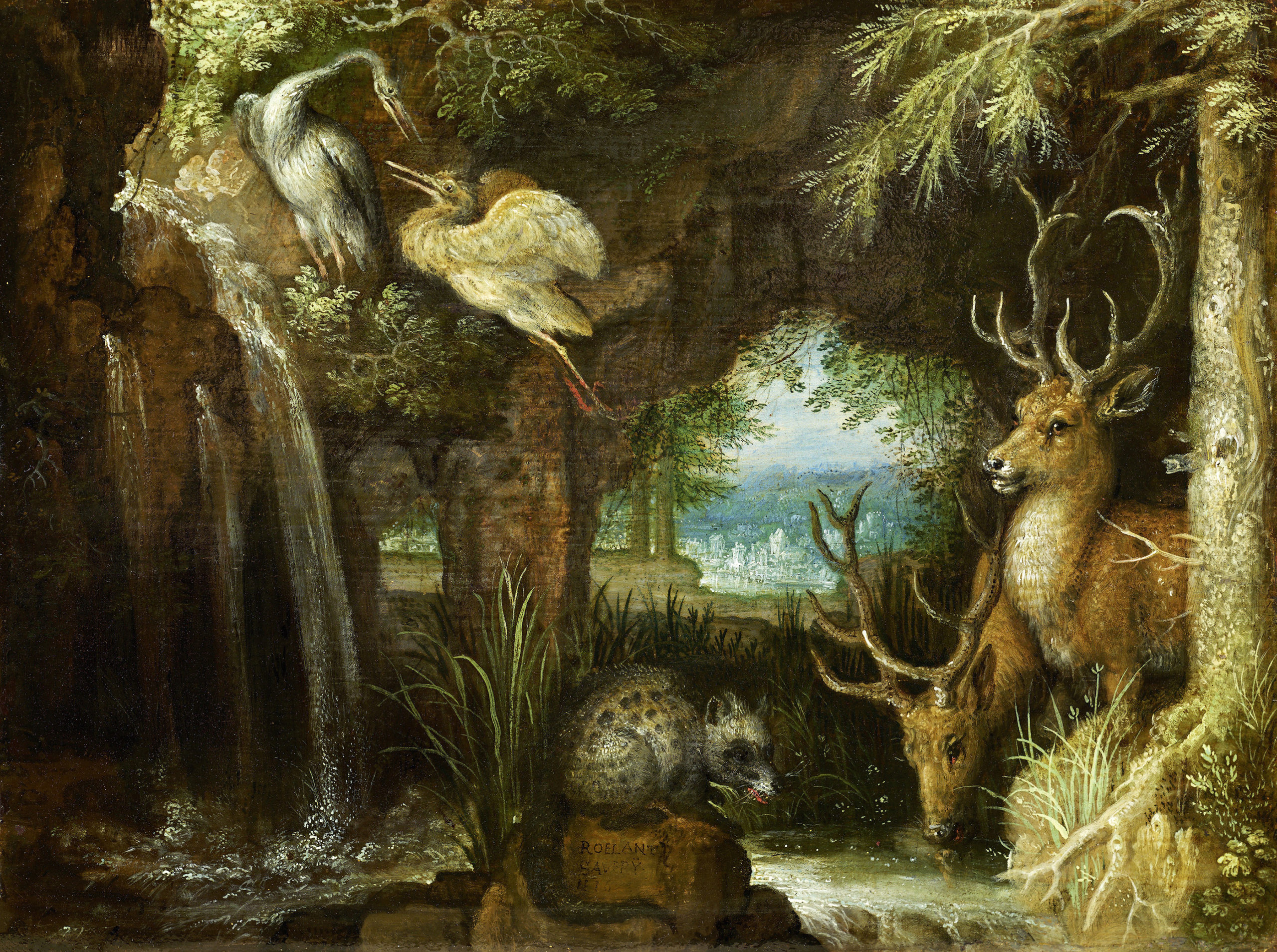
Roelandt Savery
Biography
ContextRoelandt Savery was probably born in Courtrai in 1576. He appears to have left the Southern Netherlands very early on owing to his "Reformed" religious views, just like many other Flemings at the end of the 16th century. His older brother Jacob, with whom he served his apprenticeship, probably arrived in Haarlem around 1587, just like Hans Bol. It is very likely that Roelandt entered the studio after his brother Jacob, before settling in Amsterdam in 1591.
Roelandt Savery then spent some time in Paris with King Henry IV before answering Rudolph II’s call to go to Prague in 1604, where he found himself in a Flemish milieu once again. There, he met P. Stevens, B. Spranger, G. Hoefnagel and E. Sadeler, who became his chief engraver. After a long stay in Tyrol from 1606 to 1608, during which he carefully studied plants, Savery remained in the service of Emperor Mathias after the death of Rudolph II in 1612, as confirmed by the court registers.
However, in 1613 he obtained permission to return to the Netherlands. He then went to Amsterdam, probably to settle the estate of his recently deceased brother. He stayed there intermittently between 1614 and 1619. Afterwards, he settled in Utrecht where he was admitted to the painters' Guild of Saint Luke. His unanimously recognised talent and his prodigiously dynamic personality earned him an international reputation that enabled him to shine very early on in many European courts. Mainly a painter of landscapes and animals, and exceptionally genre scenes, Roelandt Savery only devoted himself to still lifes, especially bouquets, when he returned to Holland. He died in Utrecht on 25 February 1639. His pupils included his nephew Hans Savery and Willem van Nieulandt and, in 1594, Gillis d'Hondecoeter, A. van Everdingen and Isaac Major.
His fruitful and talented body of work, which can be found in the most important museums and private European collections, places him above modern concepts and rigorous schools of painting and among the most important painters of his time. Savery is one of the first artists to have painted "animal portraits", which he depicts alone with meticulous attention to detail. Many of the exotic animals he depicted were to be found in Rudolph II's zoological garden. He is also certainly the creator of the bouquet of flowers as an artistic genre as early as 1603, a passion he shared with his friend Ambrosius Bosschaert.


